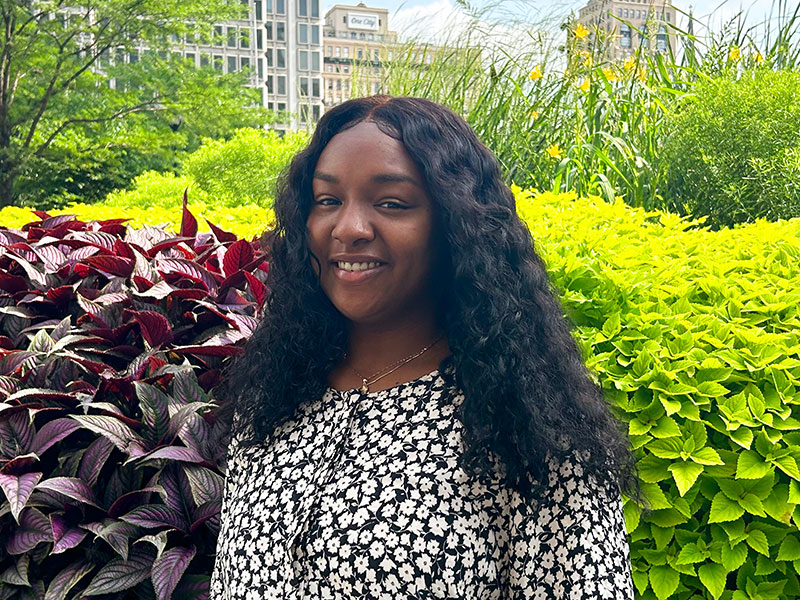Expressions
Charlye Stewart

I have to admit that my first impression of AI in the field of landscape architecture was a fearful one. I imagined a form of robots taking over the world—an end to a technology decade. Dramatic I know, but the average person can admit that new forms of technology have far succeeded what many of us have ever thought possible.
I was first officially introduced to the topic at the Landscape Architecture Foundation Symposium. A fellow, Phillip Fernberg, focused his research on creating a framework for AI’s influence on the field. He demonstrated how programs like Midjourney can create sustainable landscapes imaging from a series of words. He also shared the story of the Nari Nari tribe in Australia who have used AI for wetland restoration and management. It would seem after all that AI might have more than one face.
We were also informed of what some may call “cons” of implementing AI in the field. A fear I have as an upcoming graduate is the idea of AI decreasing the need for landscape architects. Fernberg believes the tool may instead become something businesses could leverage. AI appeared to be a trending topic on twitter, suggesting that AI pulls from the creativity of others, essentially stealing their intellectual property. I believe restrictions will have to be set on what is free and accessible to use, similar to photo permissions and such.

The fellows presentation opened my eyes up to what AI can be for our field. Not in our field, but for our field. While I may not be the person who opts for Midjourney over Photoshop or even hand drawing for that matter, I do believe that it is important for the new generation of designers (myself included) to know, learn, and understand AI in landscape architecture, especially if it gives us the opportunity to restore more wetlands, focus more on functional design, and transform the world.
